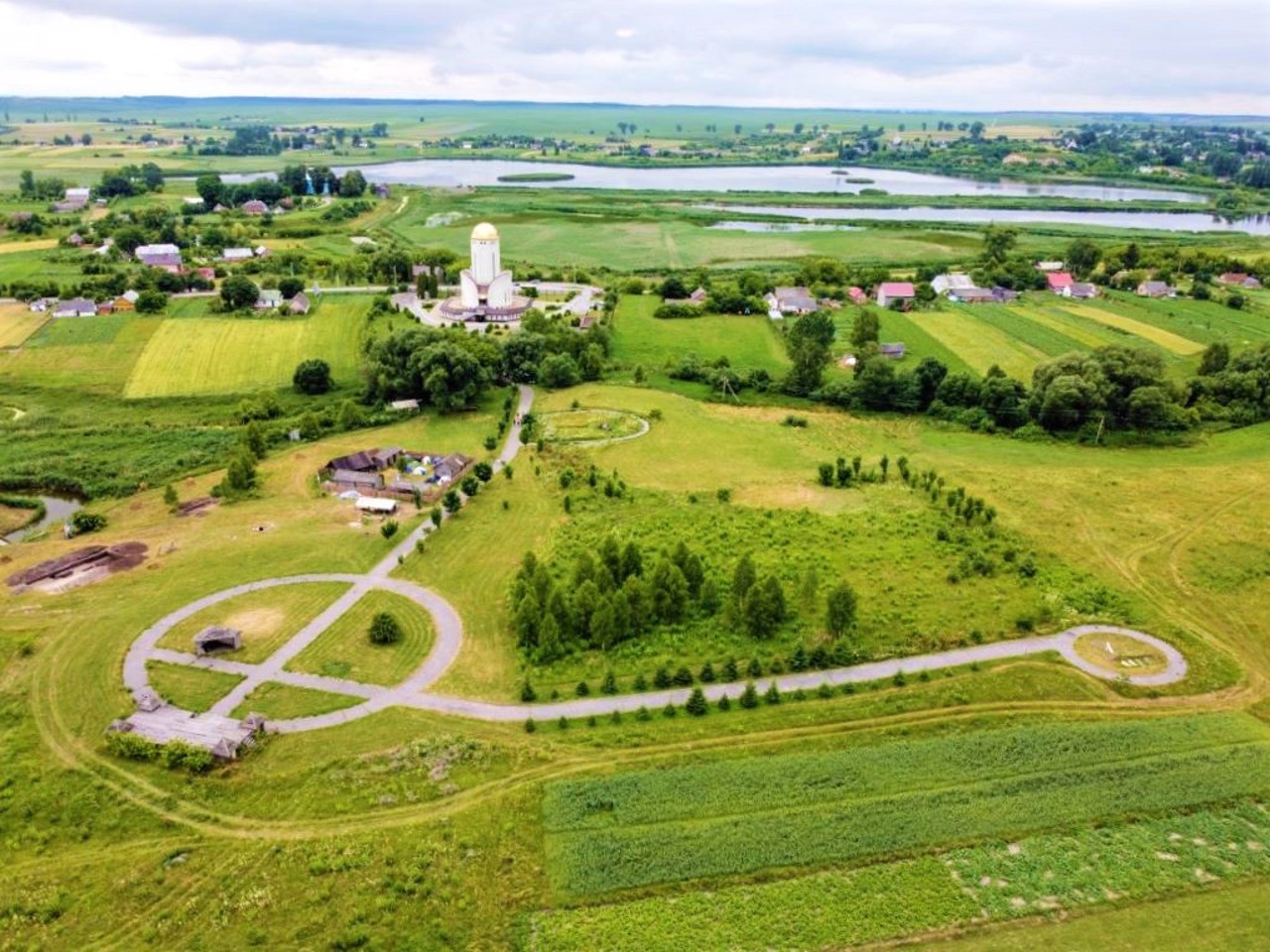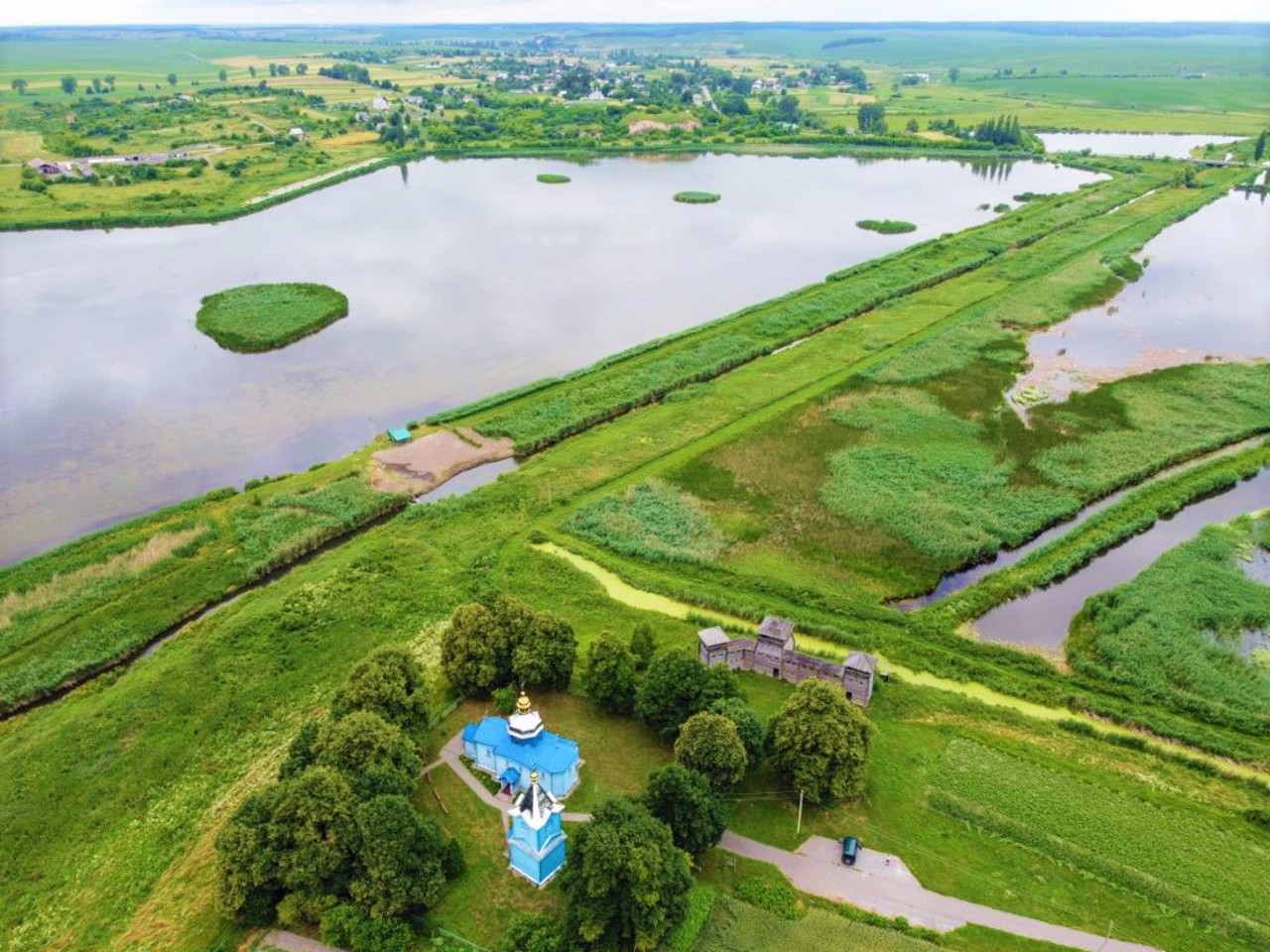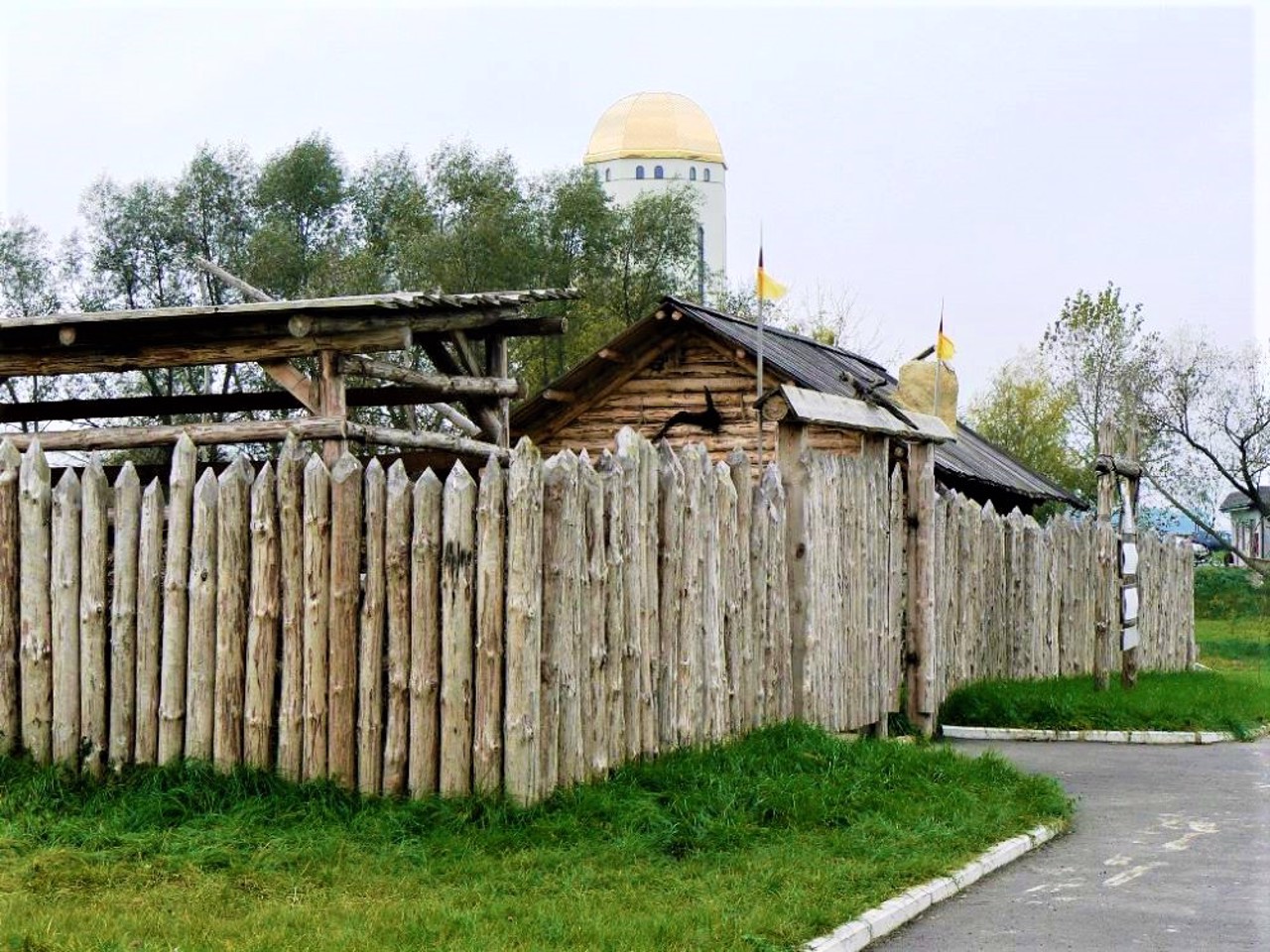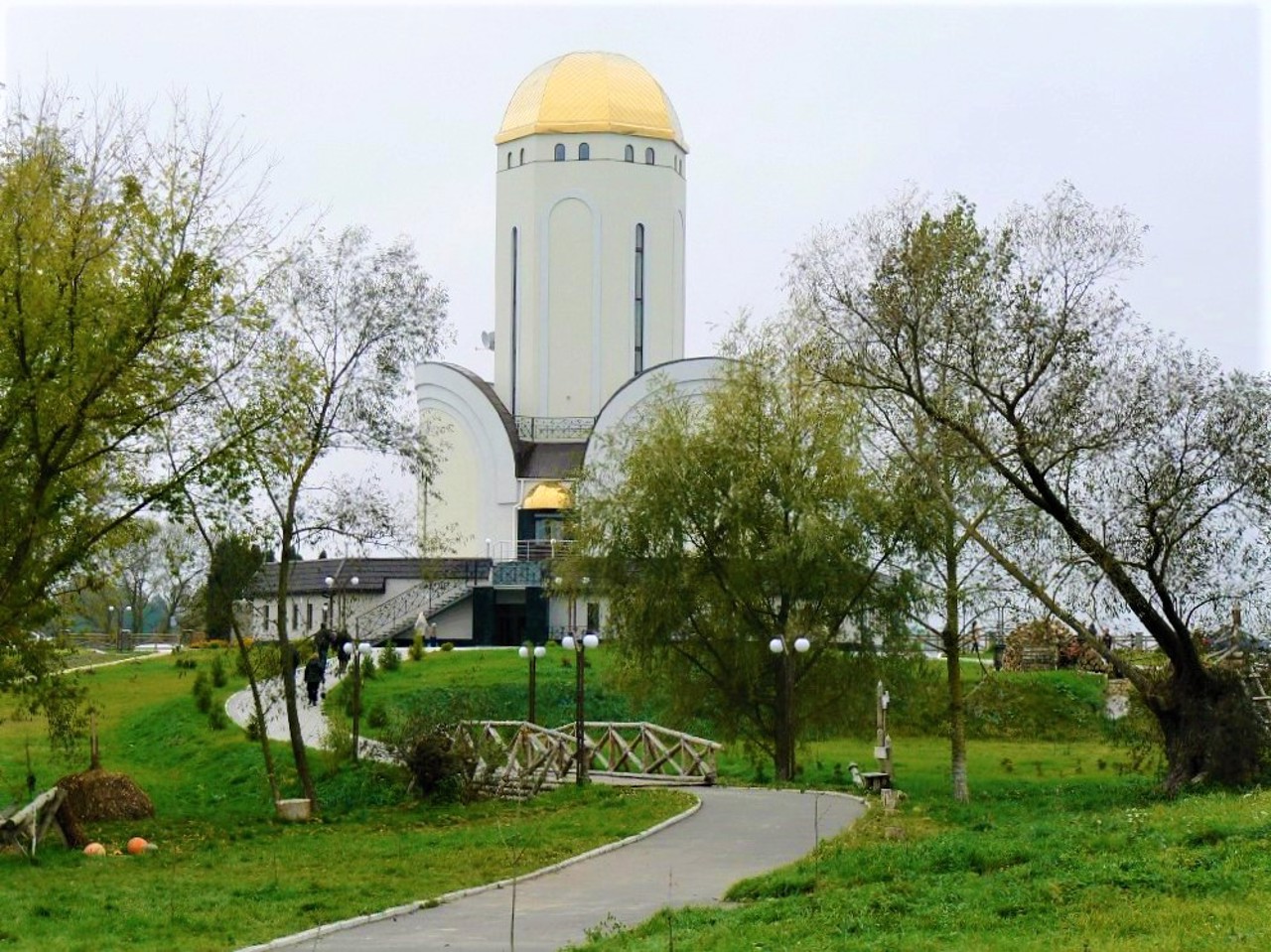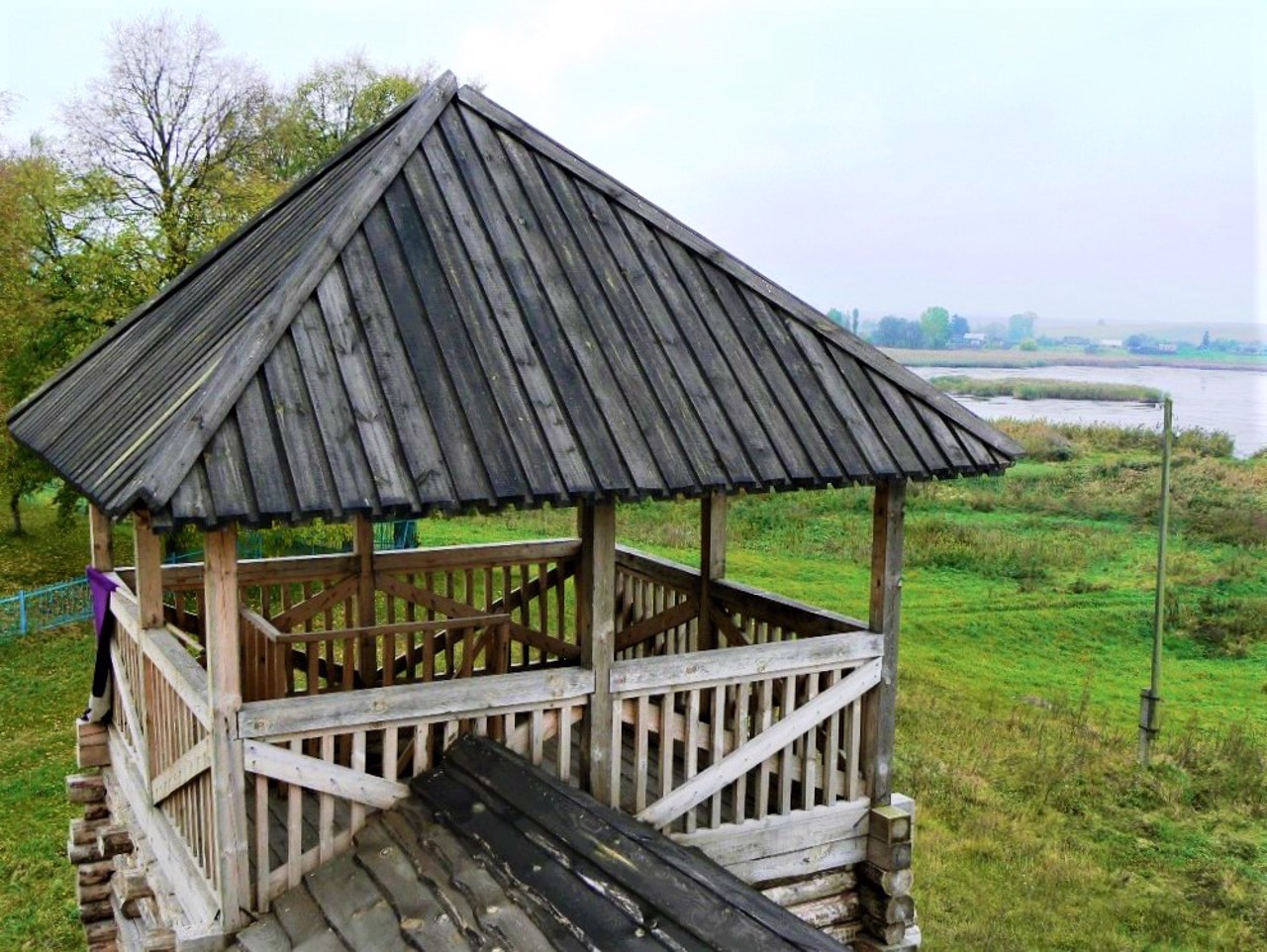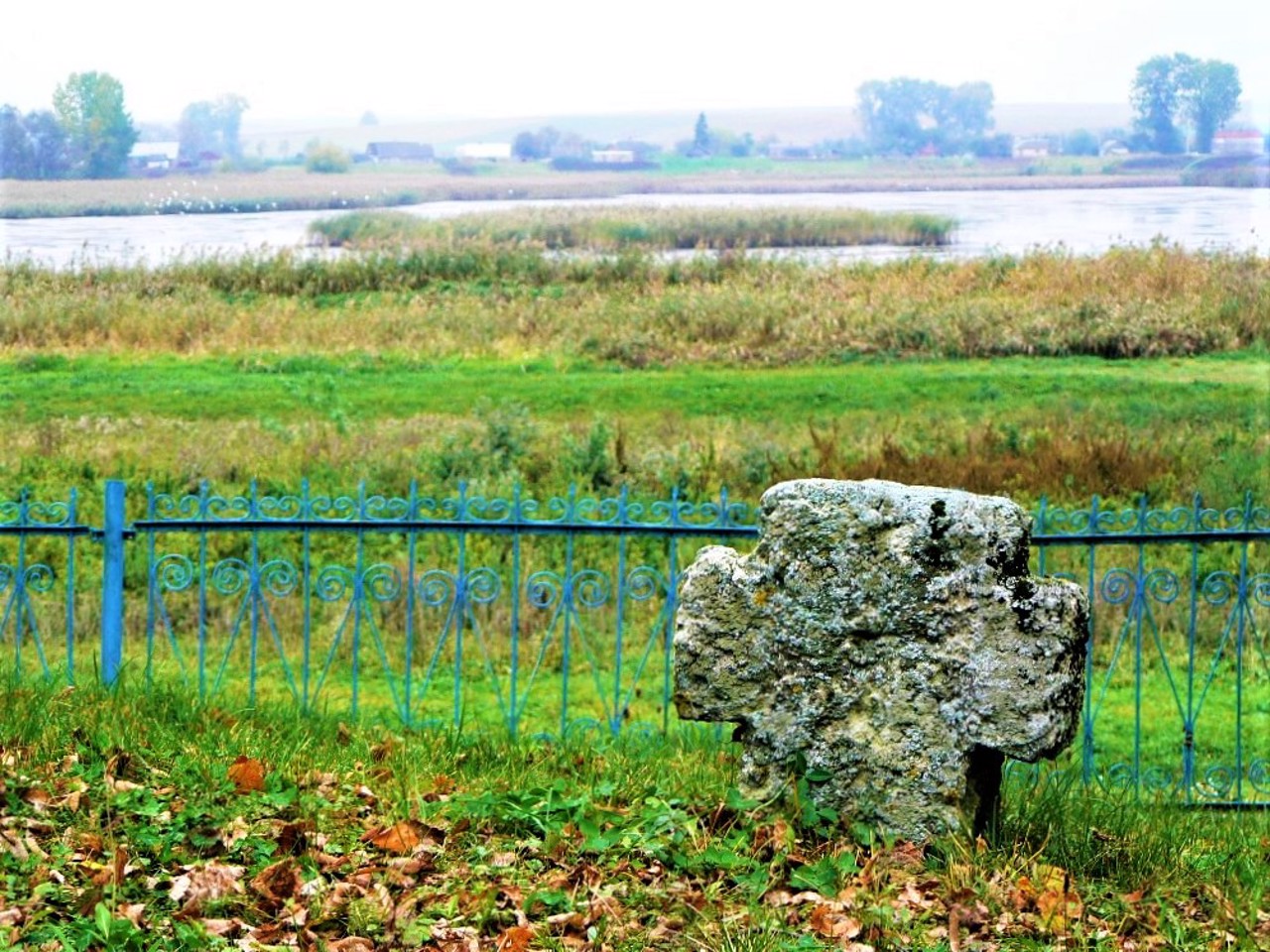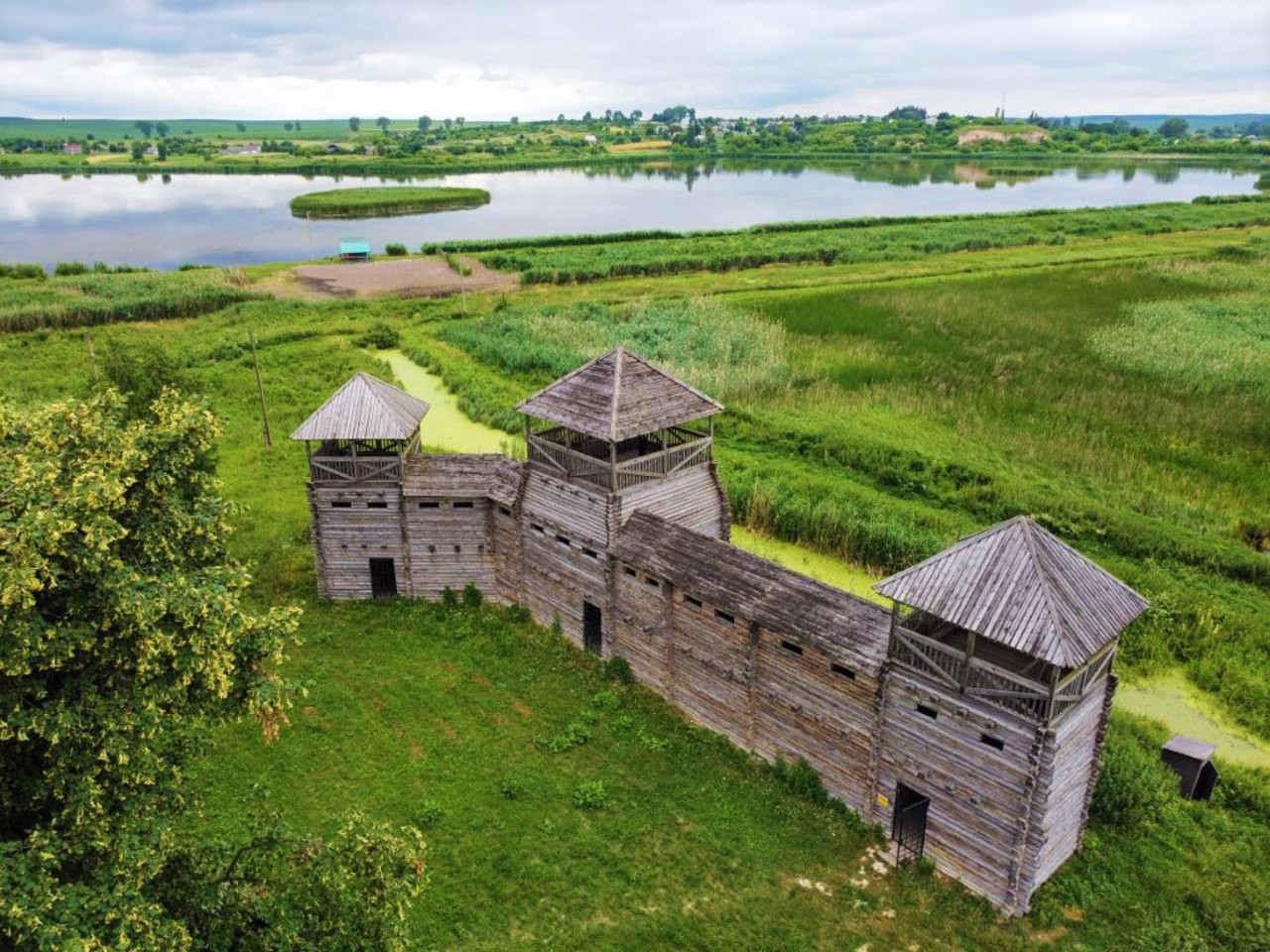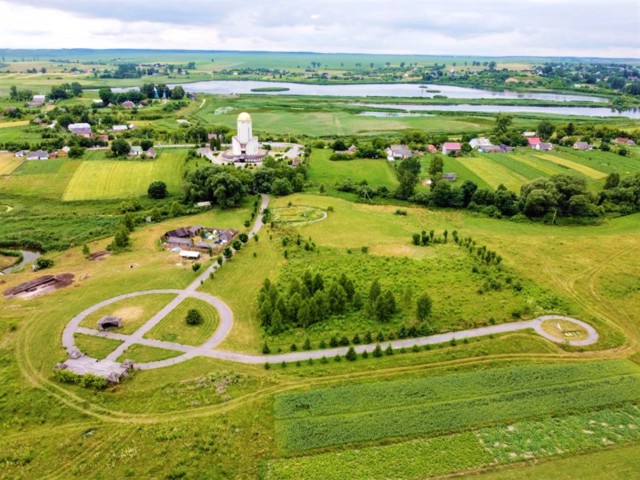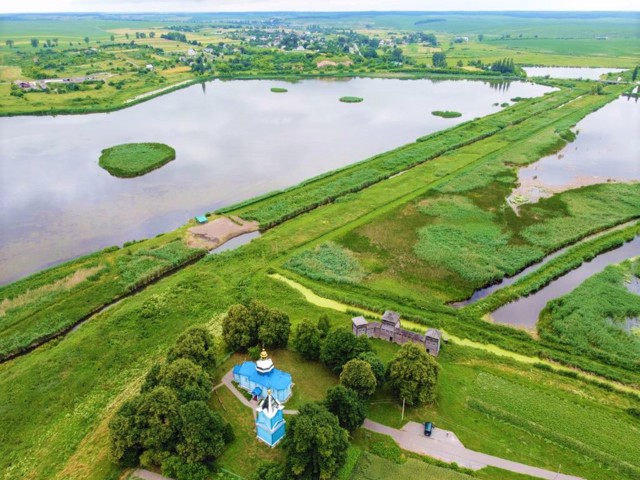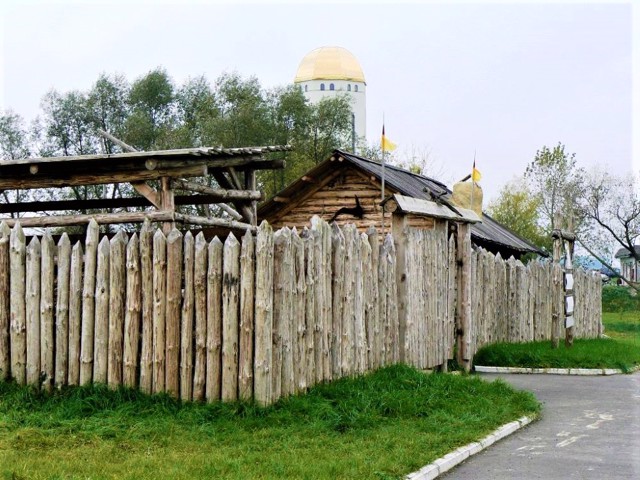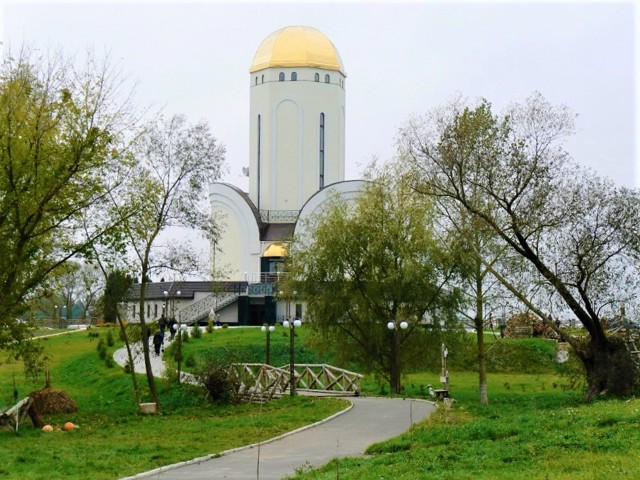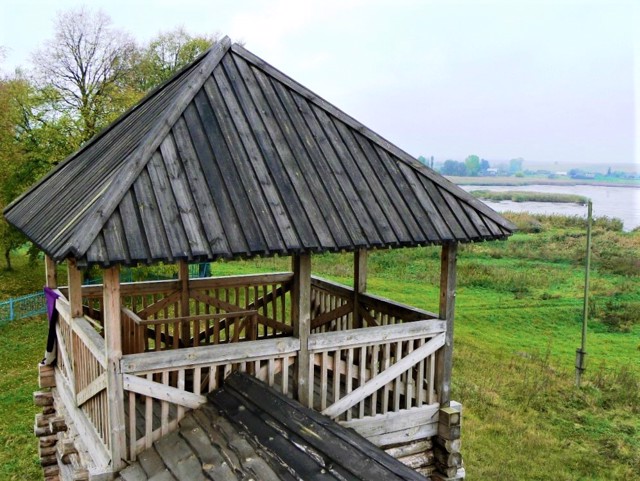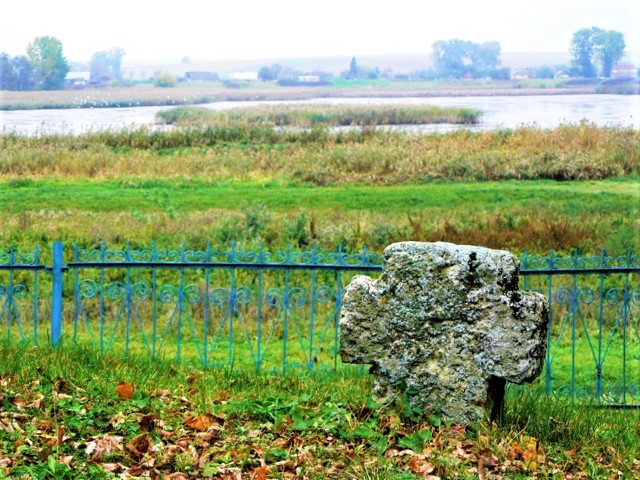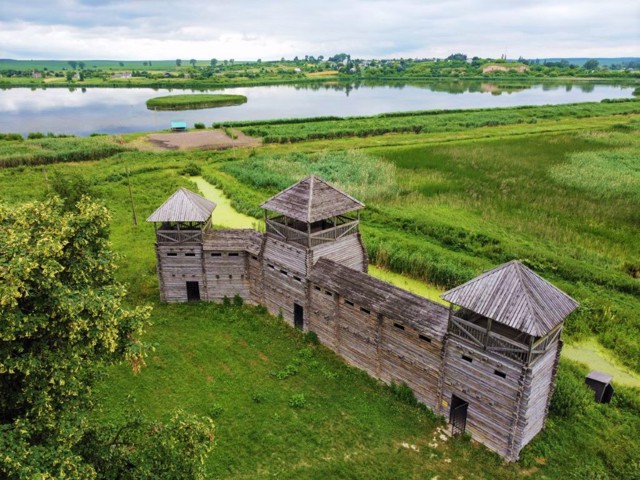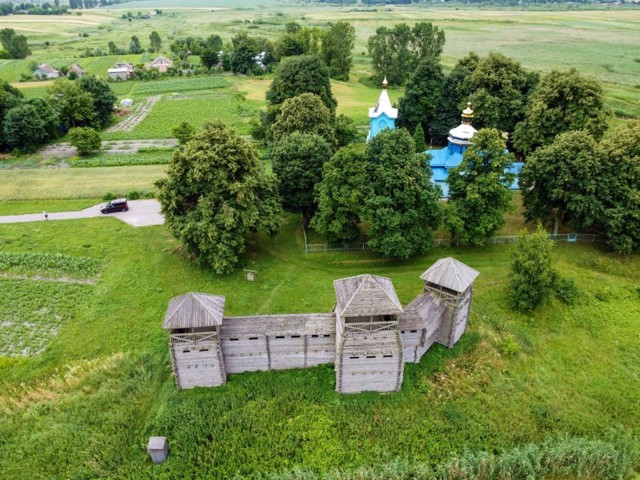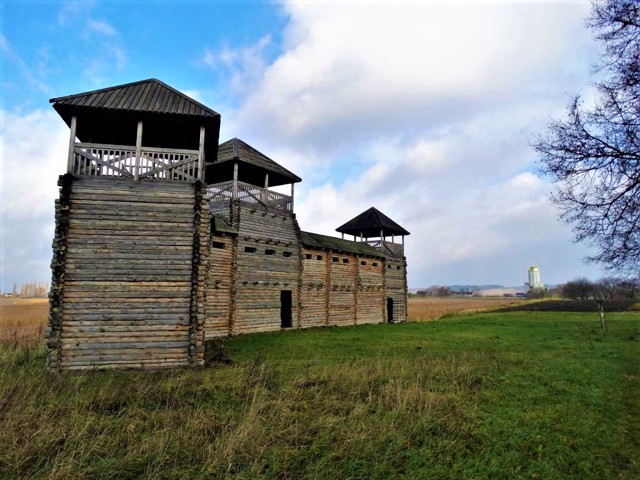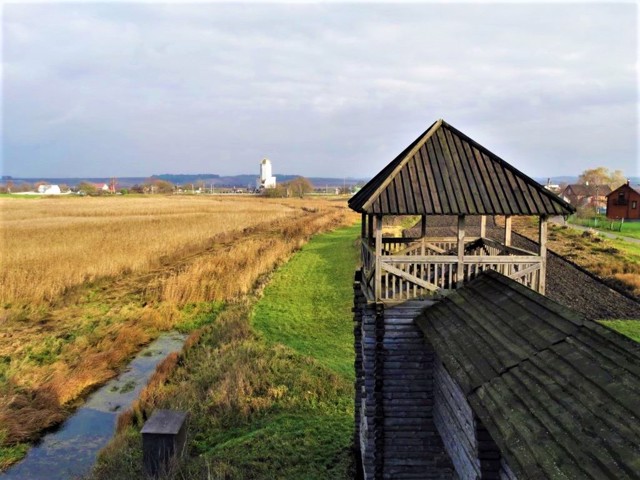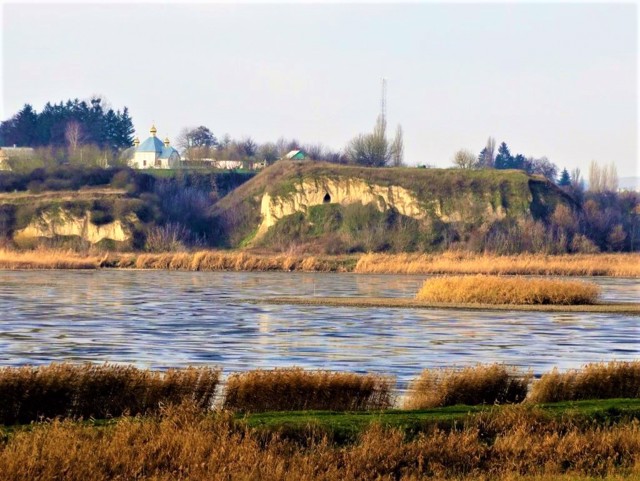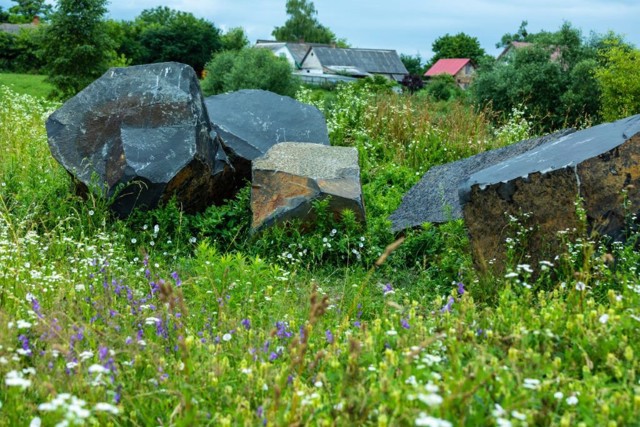Functional temporarily unavailable
Peresopnytsia
Travel guide online Peresopnytsia
General information about Peresopnytsia
The ancient village of Peresopnytsia is known as the place where the Peresopnytsia Gospel was created, a Ukrainian spiritual and cultural monument, one of the national symbols, on which the presidents of Ukraine swear allegiance to the people.
The small village is located at the confluence of the Stubla and Horyn rivers, 25 kilometers west of Rivne.
For the first time in documents, Peresopnytsia is mentioned in 1149 as one of the most important cities of Kyivan Rus, the residence of Yuriy Dolhorukyi's sons. During the Mongol-Tatar invasion, the city was completely destroyed, in its place a small village appeared in the possession of the Chortoriyskyi princes. In the 15th century, the monastery of ...
The ancient village of Peresopnytsia is known as the place where the Peresopnytsia Gospel was created, a Ukrainian spiritual and cultural monument, one of the national symbols, on which the presidents of Ukraine swear allegiance to the people.
The small village is located at the confluence of the Stubla and Horyn rivers, 25 kilometers west of Rivne.
For the first time in documents, Peresopnytsia is mentioned in 1149 as one of the most important cities of Kyivan Rus, the residence of Yuriy Dolhorukyi's sons. During the Mongol-Tatar invasion, the city was completely destroyed, in its place a small village appeared in the possession of the Chortoriyskyi princes. In the 15th century, the monastery of the Nativity of the Virgin, which was also called Peresopnytsia, is mentioned.
On the initiative and at the expense of Princess Anastasiya Zaslavska of the Holshan family, the work on the handwritten Gospel was completed in Peresopnytsia Monastery in 1561, which had begun in 1556 in the Trinity Monastery in the village of Dvorets.
In 1630, on the initiative of Mykola-Yuriy Chortoriyskyi, the monastery became a Jesuit monastery. A stone cross and a memorial sign were installed on the site of the Nativity of the Virgin Monastery.
In the western part of the Peresopnytsia settlement, the wooden Saint Nicolas church (XIX century.) has been preserved.
In 2011, the cultural and archaeological center "Peresopnytsia" was opened, which includes the First Book Museum and a reconstructed fragment of the ancient Rus settlement "Knyazhyi Hrad" (Princely Castle).
Древнє село Пересопниця відоме як місце створення Пересопницького Євангеліє, української духовної і культурної пам'ятки, одного з національних символів, на якому присягають на вірність народу президенти України.
Маленьке село розташоване біля злиття річок Стубли і Горині в 25 кілометрах на захід від Рівного.
Вперше в документах Пересопниця згадується в 1149 році як одне з найважливіших міст Київської Русі, резиденція синів Юрія Долгорукого. Під час монголо-татарської навали місто було повністю знищене, на його місці з'явилося невелике село у володінні князів Чорторийських. В XV сторіччі згадується монастир Різдва Богородиці, який також називався Пересопницьким.
За ініціативи та коштом княгин ...
Древнє село Пересопниця відоме як місце створення Пересопницького Євангеліє, української духовної і культурної пам'ятки, одного з національних символів, на якому присягають на вірність народу президенти України.
Маленьке село розташоване біля злиття річок Стубли і Горині в 25 кілометрах на захід від Рівного.
Вперше в документах Пересопниця згадується в 1149 році як одне з найважливіших міст Київської Русі, резиденція синів Юрія Долгорукого. Під час монголо-татарської навали місто було повністю знищене, на його місці з'явилося невелике село у володінні князів Чорторийських. В XV сторіччі згадується монастир Різдва Богородиці, який також називався Пересопницьким.
За ініціативи та коштом княгині Анастасії Заславської з роду Гольшанських в Пересопницькому монастирі в 1561 році була завершена робота над рукописним Євангелієм, розпочата в 1556 році в Троїцькому монастирі в селі Дворець.
В 1630 році за ініціативи Миколи-Юрія Чорторийського монастир став єзуїтським. На місці Різдво-Богородичного монастиря встановлено кам'яний хрест і пам'ятний знак.
В західній частині городища Пересопниці збереглася дерев'яна Миколаївська церква (XIX століття.).
В 2011 році відкрито культурно-археологічний центр "Пересопниця", який включає Музей Першокниги та реконструйований фрагмент давньоруського городища "Княжий град".
Сплануй своє перебування у Peresopnytsia
What to see and where to go in Peresopnytsia
Tourist attractions and museums of Peresopnytsia
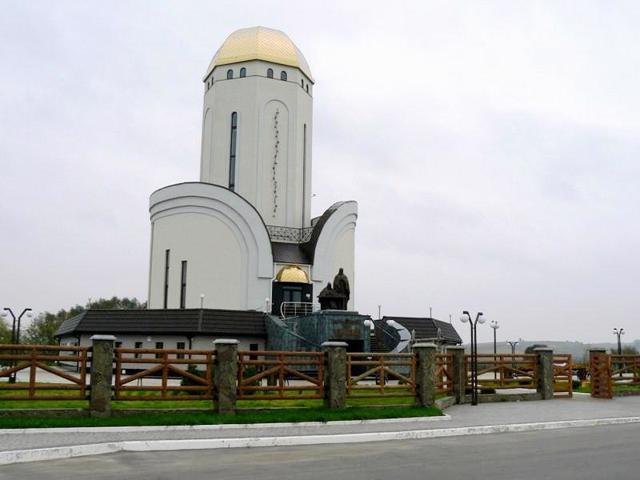
Cultural and Archaeological Center "Peresopnytsia" (First Book Museum)
Historic area , Museum / gallery
Cultural and archaeological complex "Peresopnytsia" is a three-level constructivist building that resembles a temple.
Here is the Museum of the First Book, dedicated to the history of the creation of the Peresopnytsia Gospel, as well as a conference hall and rooms for archaeologists.
In particular, the exhibition presents a 9-kilogram facsimile copy of the Peresopnytsia Gospel and a model of the ancient Rus settlement of Peresopnytsia.
Nearby is the open-air museum complex "Prince's town": a reconstruction of a residential estate and fortifications of the 12th-13th centuries, when Peresopnytsia was the capital of a separate principality.
There is a permanent archaeological expedition in the village, which students and even tourists can join. The found rarities will complement the exposition of the First Book Museum.
The "Peresopnytsia Gospel" museum is partially adapted for people with disabilities: parking, mnemonic scheme, ramp.
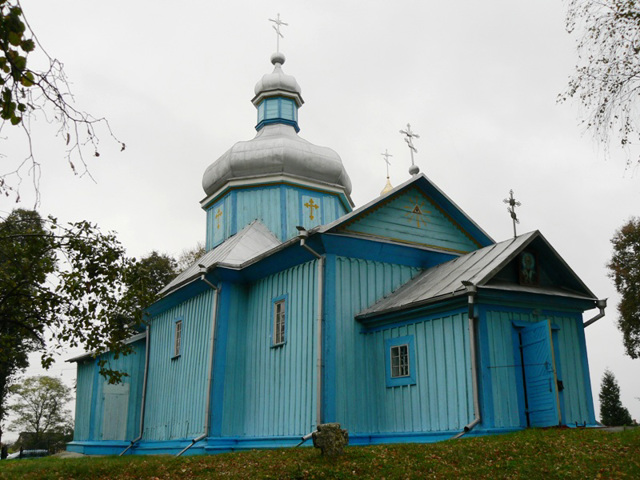
Saint Nicholas Church
Temple , Architecture
The wooden Saint Nicholas Church is located in the western part of the ancient Rus settlement of Peresopnytsia.
It was probably built in the 18th century on the site of an older church that existed during the heyday of the Peresopnytsia Monastery of the Nativity of the Virgin, when the Peresopnytsia Gospel was created (16th century).
The Nicholas Church is a three-part, one-story building consisting of a rectangular nave and nave and a hexagonal altar block. Above the nave rises an octagonal pediment, crowned by an octagonal dome with a decorative lantern. In 1888, an additional entrance was cut into the southern wall of the nave, highlighted by a small porch on two wooden posts, and a vestibule was added to the nave from the west. A two-story wooden belfry was built nearby.
The Nicholas Church in Peresopnytsia has harmonious proportions and is one of the most distinctive wooden churches in this region of Volyn.
Next to the Saint Nicholas Church there is a reconstruction of a fragment of the Peresopnytsia hillfort of the 12th-13th centuries - a wooden wall with three towers.
Reviews Peresopnytsia
Geographical information about Peresopnytsia
| {{itemKey}} | {{itemValue}} |
|---|---|
| Region |
Rivne |
